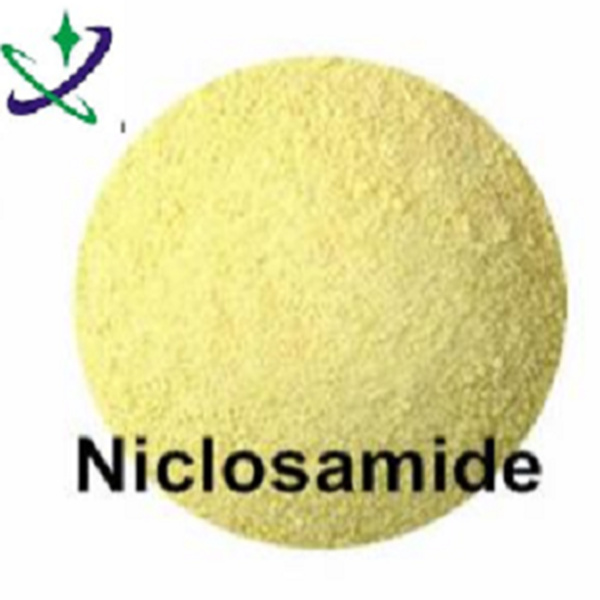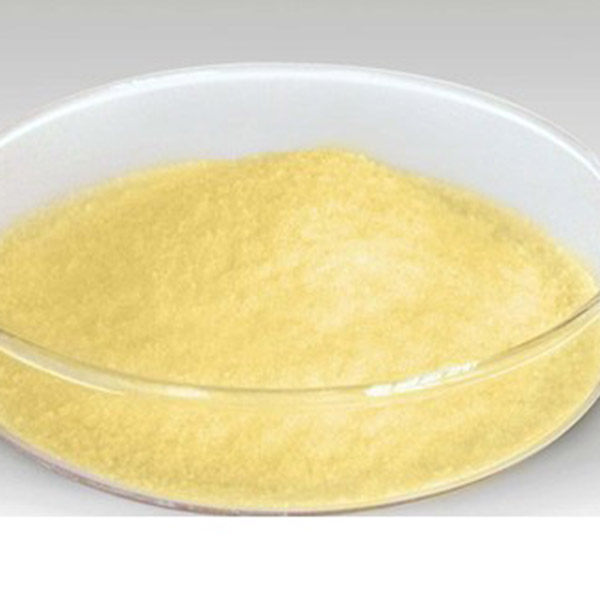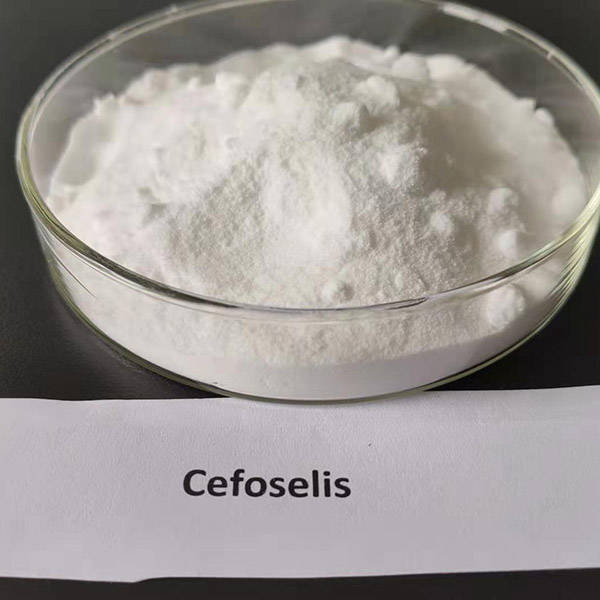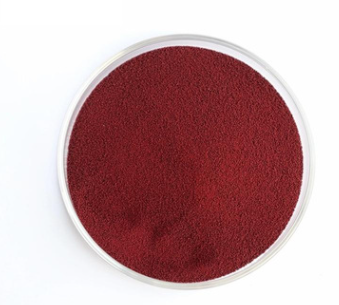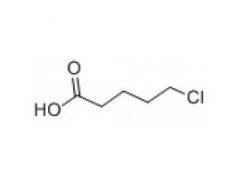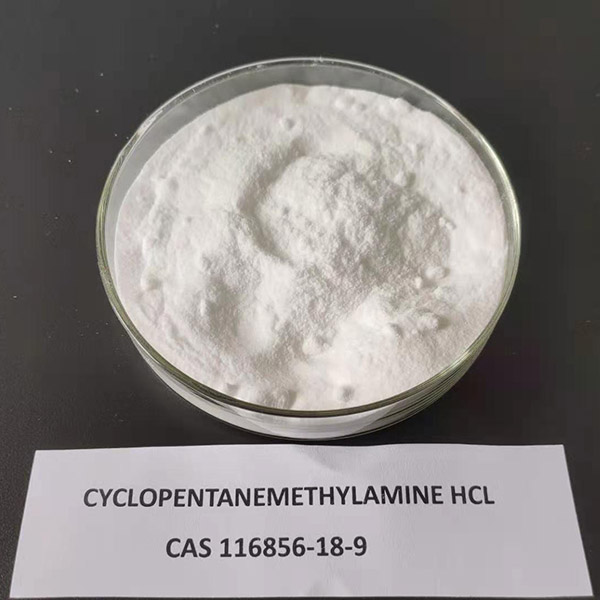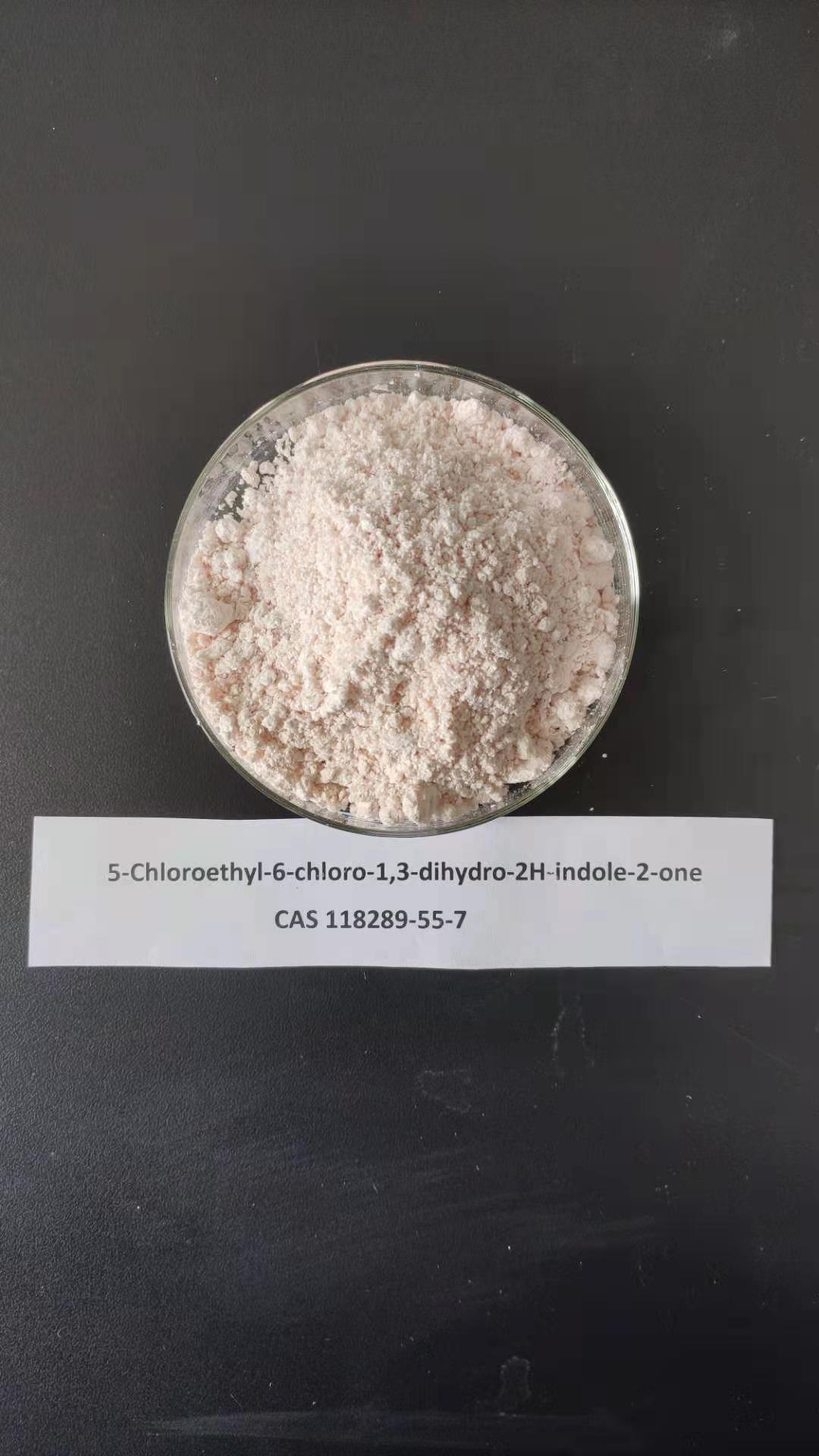Niclosamide, CAS 50-65-7
Product Description
Molluscicide
PD No.:50-65-7
CAS No.:50-65-7
Other Names:
name:Niclosamide
MF:C13H8Cl2N2O4
EINECS No.:200-056-8
State:Powder
Purity:99%
Application:Snail killer, molluscicide
Model Number:HHWX-50-65-7
Color:White or light yellow Crystalline Powder
Molecular Weight:327.12
Sample:Aviable
Assay:99.0 %min
Melting point:225-230°
storage temp:0-6°C
Applicatio:Niclosamide CAS 50-65-7, Veterinaries
Product Effect
Selective herbicide. Control of annual grasses (Echinochloa, Digitaria, Setaria, Brachiaria, Panicum, and Cyperus) and some broad-leaved weeds (Amaranthus, Capsella, Portulaca) in maize, sorghum, sugar cane, soya beans, peanuts, cotton, sugar beet,fodder beet, potatoes, various vegetables, sunflowers, and pulse crops. Often used in combination with broad-leaved herbicides, toextend the spectrum of activity.
Basic Attributes
CAS No:50-65-7
Molecular Formula :C13H8Cl2N2O4
Molecular Mass :327.12
Exact Mass :325.986115
PSA :95.2 A^2
LogP :10 @ pH 9.6
EINECS :200-056-8
InChIKeys :RJMUSRYZPJIFPJ-UHFFFAOYSA-N
H-bond Acceptor :4
H-bond Donor :2
RBN :2
Characteristics
Density :1.6±0.1 g/cm3
Melting Point :225-230°
Bolling Point : 424.5±45.0 °C at 760 mmHg
Flash Point :210.5±28.7 °C
Refractive Index :1.709
Solubility :acetone: methanol: soluble 50mg/mL (methanol:acetone (1:1))
Storage Condition :0-6°C
Vapor Pressure :<9.87X10-9 mm Hg at 20 deg C
Stability :It is stable to heat and is hydrolysed by concentrated acid or alkali.
Safety Information
HS Code :2924299090
UN No. :UN 3077 9/PG 3
WGK_Germany :2
Risk Code :50
Safety Instructions :29
RTECS No. :VN8400000
Storage :The warehouse is ventilated, low temperature and dry; stored and transported separately from food materials
P Code :P273
Hazard Statements :H400
Flammability :Combustion produces toxic chloride and nitrogen oxide gases
Toxicity :Oral-Rat LD50: 2500 mg/kg; Oral-Mouse LD50: 1000 mg/kg
Toxicity Class :moderately
Product Usage
An inhibitor of the Stat3 signaling pathway and also a FRAP inhibitor.It is a new type of tapeworm-killing medicine that can be used to drive off tapeworms in animals such as pigs and cattle. It can also kill snails. It can be used as an anti-worm drug, and can also be used to prevent and control snail
Production Methods
Equal amounts of 2-chloro-4-nitroaniline and 5-chlorosalicylic acid are dissolved in xylene (or chlorobenzene), heated to boiling, then phosphorus trichloride (or phosphorus oxychloride) is slowly added, and then continued Reflux 3h. After cooling, the crystals are filtered out to be the product.
Material and Products
Material :Phosphorus oxychloride, 2-Chloro-4-nitroaniline



